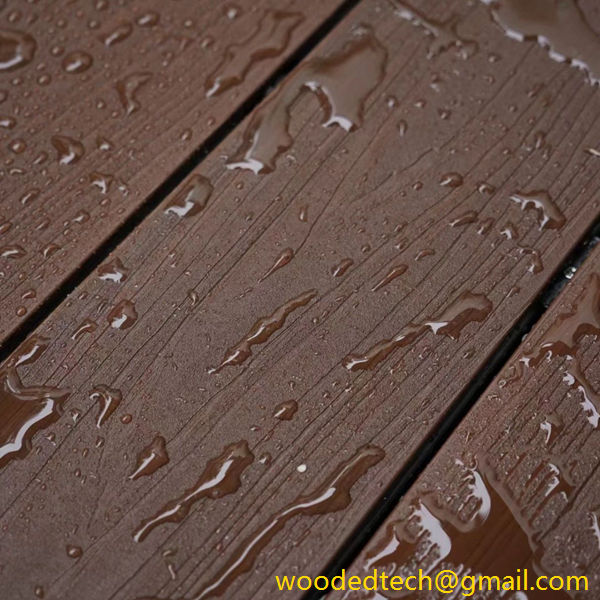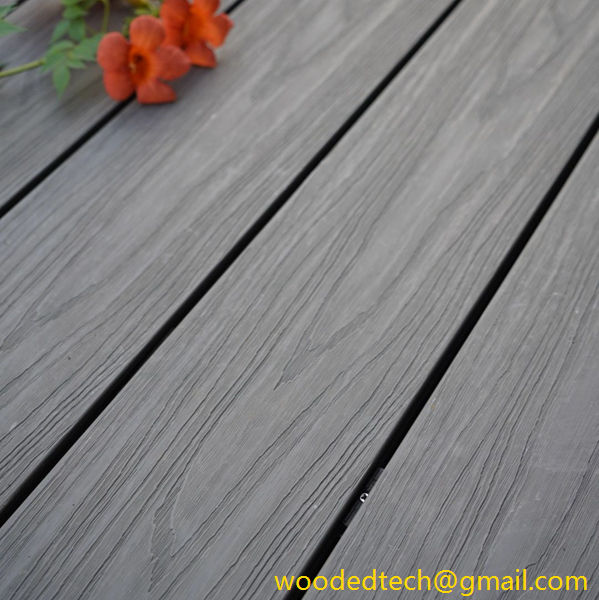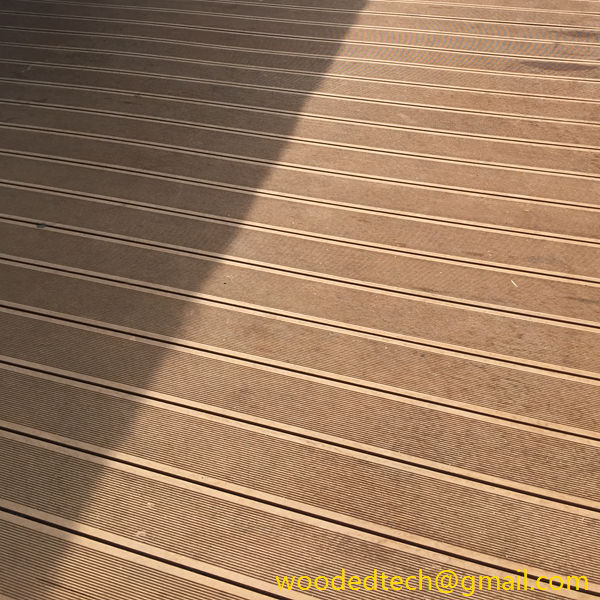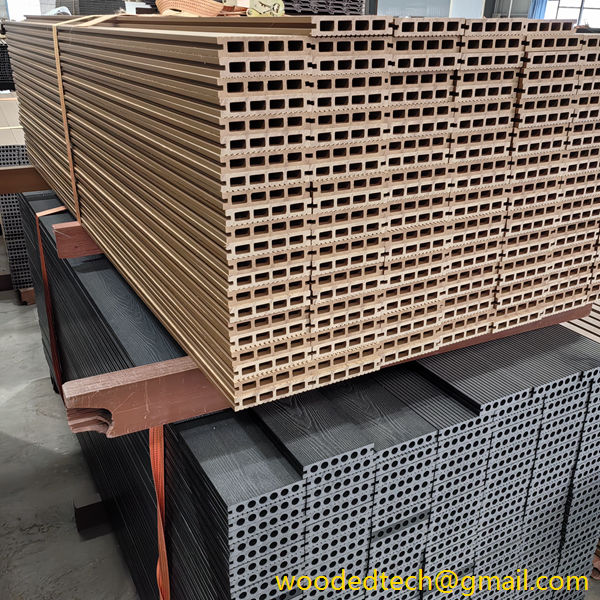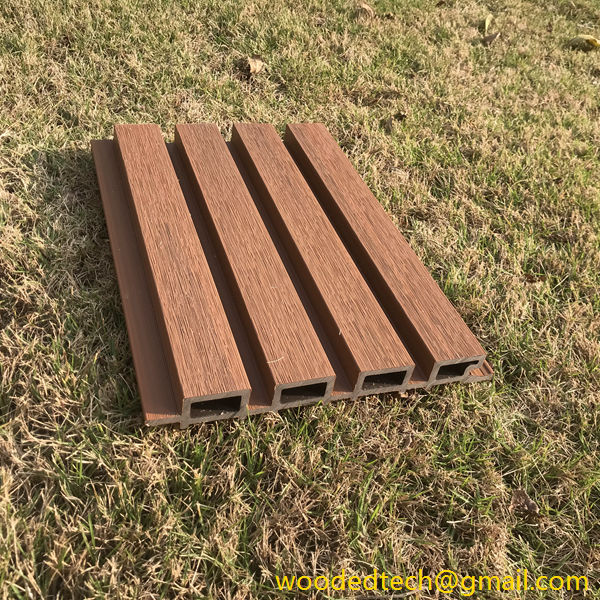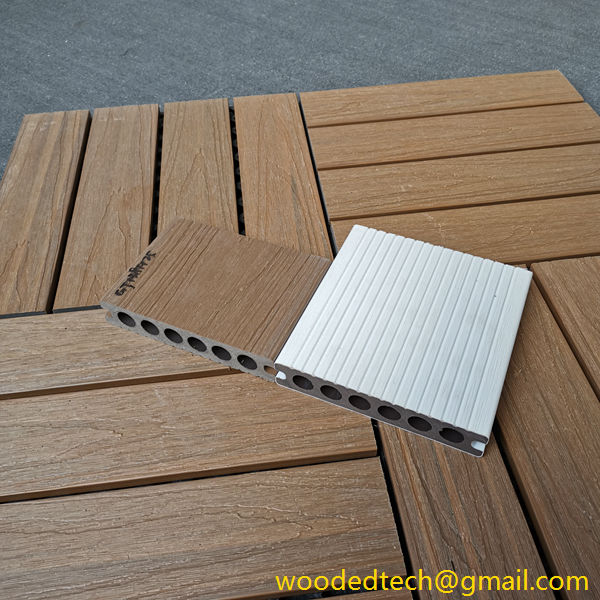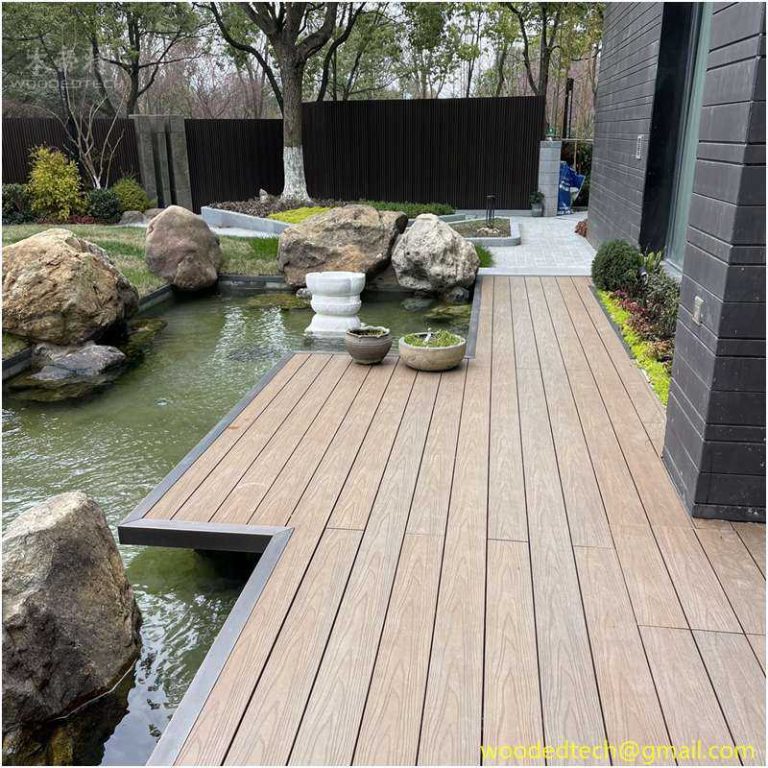Is WPC Flooring Toxic? What You Should Know
Is WPC Flooring Toxic? What You Should Know Wood plastic composite (WPC) flooring has gained significant popularity in recent years due to its aesthetic appeal, durability, and versatility. However, as with any building material, concerns about its safety and potential toxicity have arisen. Understanding whether WPC flooring is toxic is essential for homeowners, builders, and…
Is WPC Flooring Toxic? What You Should Know
Wood plastic composite (WPC) flooring has gained significant popularity in recent years due to its aesthetic appeal, durability, and versatility. However, as with any building material, concerns about its safety and potential toxicity have arisen. Understanding whether WPC flooring is toxic is essential for homeowners, builders, and consumers alike. This article will explore the components of WPC flooring, the potential health risks associated with its use, and what consumers should know when considering this material for their homes.
WPC flooring is made from a combination of wood fibers and plastic, usually polyethylene or polyvinyl chloride (PVC). These materials are combined to create a product that mimics the appearance of natural wood while providing enhanced durability and resistance to moisture, mold, and mildew. Manufacturers often add additional elements to improve performance, such as colorants, stabilizers, and additives. While these features make WPC flooring an attractive option, they also raise questions about the potential for toxic substances in the final product.
One of the primary concerns regarding WPC flooring is the presence of volatile organic compounds (VOCs), which are organic chemicals that can evaporate into the air and cause indoor air pollution. Some VOCs are known to have harmful health effects, including respiratory issues, headaches, and even long-term effects such as liver or kidney damage. WPC flooring can emit VOCs during installation and for some time after, particularly if it contains adhesives or other chemicals.
Another concern is the use of PVC in WPC flooring. PVC is a widely used plastic that has been criticized for its potential health risks. The production of PVC can result in the release of harmful chemicals, including dioxins and phthalates, which are known to have negative environmental and health impacts. Additionally, when PVC products are disposed of, they can release toxic substances into the environment. The debate over the safety of PVC has led some consumers to seek alternatives that do not contain this material.
It is important to note that not all WPC flooring products are created equal. The quality and safety of WPC flooring can vary significantly among manufacturers. Some companies prioritize the use of low-VOC or VOC-free materials and adhere to stringent safety standards to minimize health risks. For example, products that are certified by organizations like the Greenguard Environmental Institute or the FloorScore program are tested for harmful emissions and can give consumers peace of mind when selecting flooring.
When considering WPC flooring, it is crucial for consumers to conduct thorough research on specific products and manufacturers. Look for flooring that has been tested for VOC emissions and certified as safe. Additionally, inquire about the materials used in the product, especially regarding the presence of PVC and other potentially harmful additives. Many manufacturers provide information on their websites or via customer service about the safety standards their products meet.
Installation practices also play a role in the overall safety of WPC flooring. Ensuring proper ventilation during installation can help reduce the concentration of VOCs in the air. Homeowners should also consider using adhesives and underlayments that are low in VOCs to further mitigate potential risks. Following the manufacturer’s guidelines for installation and maintenance can also contribute to a safer indoor environment.
Another aspect to consider is the long-term performance and durability of WPC flooring. While WPC is designed to be resistant to moisture and wear, it is not entirely impervious to damage. Over time, exposure to moisture can lead to the growth of mold and mildew, which can pose health risks. Regular maintenance, including cleaning and sealing as needed, will help ensure that WPC flooring remains in good condition and minimizes any potential hazards.
In conclusion, while concerns about the toxicity of WPC flooring are valid, the overall safety of this material largely depends on the specific product and its components. Consumers should prioritize research and choose products from reputable manufacturers that adhere to safety standards and regulations. By opting for low-VOC or VOC-free options and ensuring proper installation practices, homeowners can enjoy the benefits of WPC flooring while minimizing potential health risks. As with any building material, informed decisions are key to creating a safe and healthy living environment.

